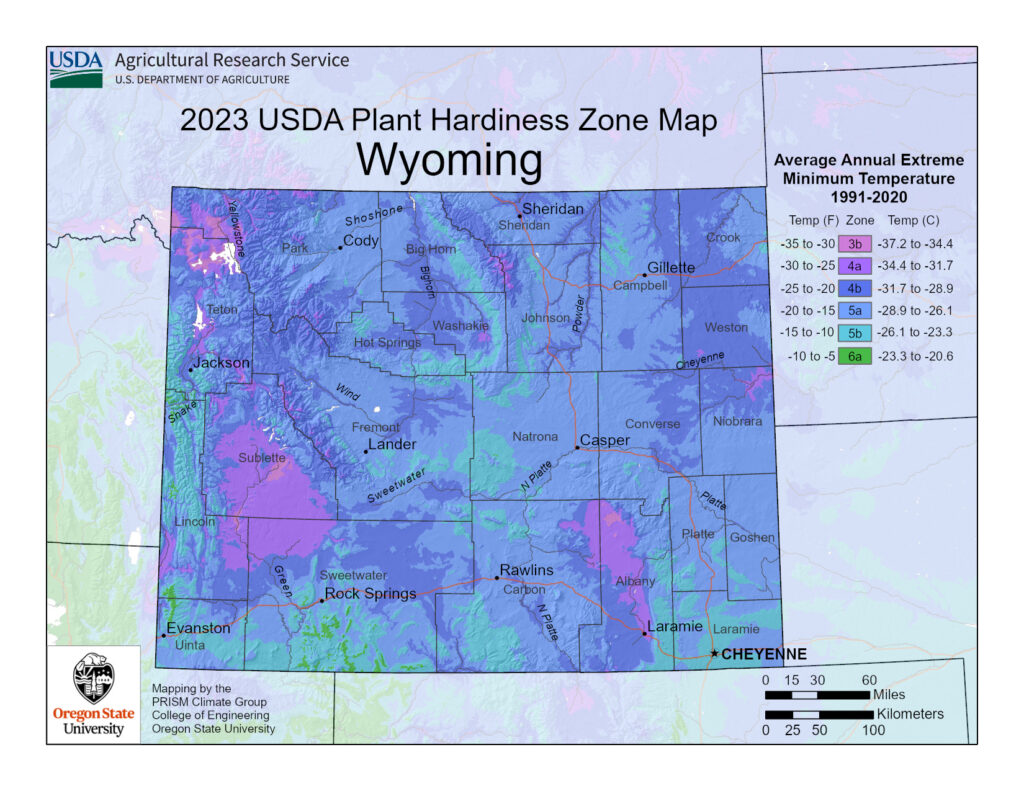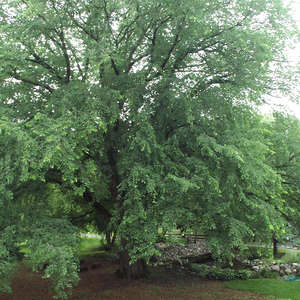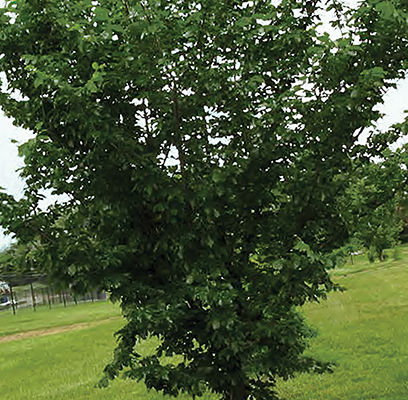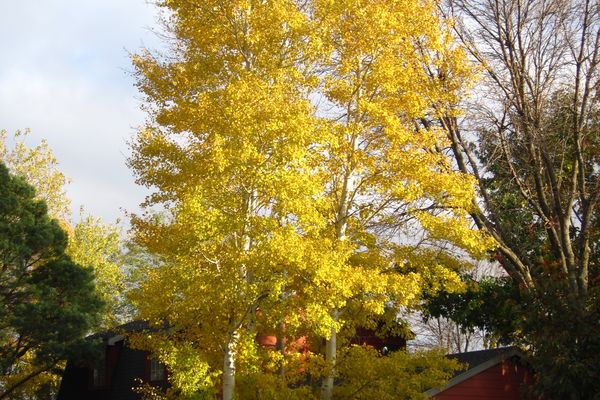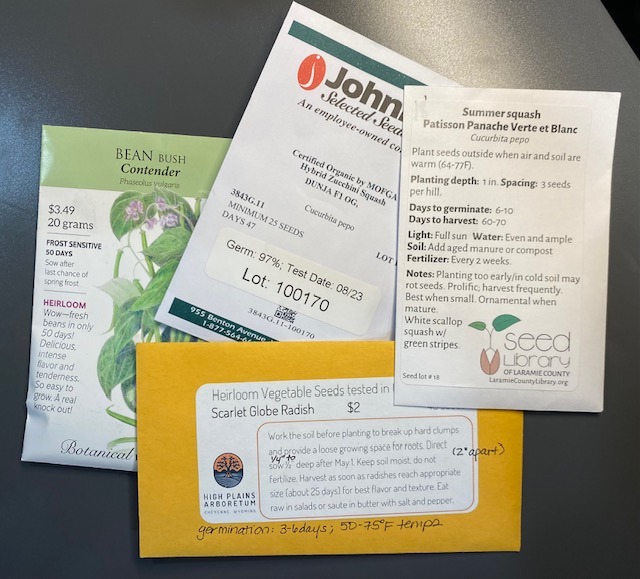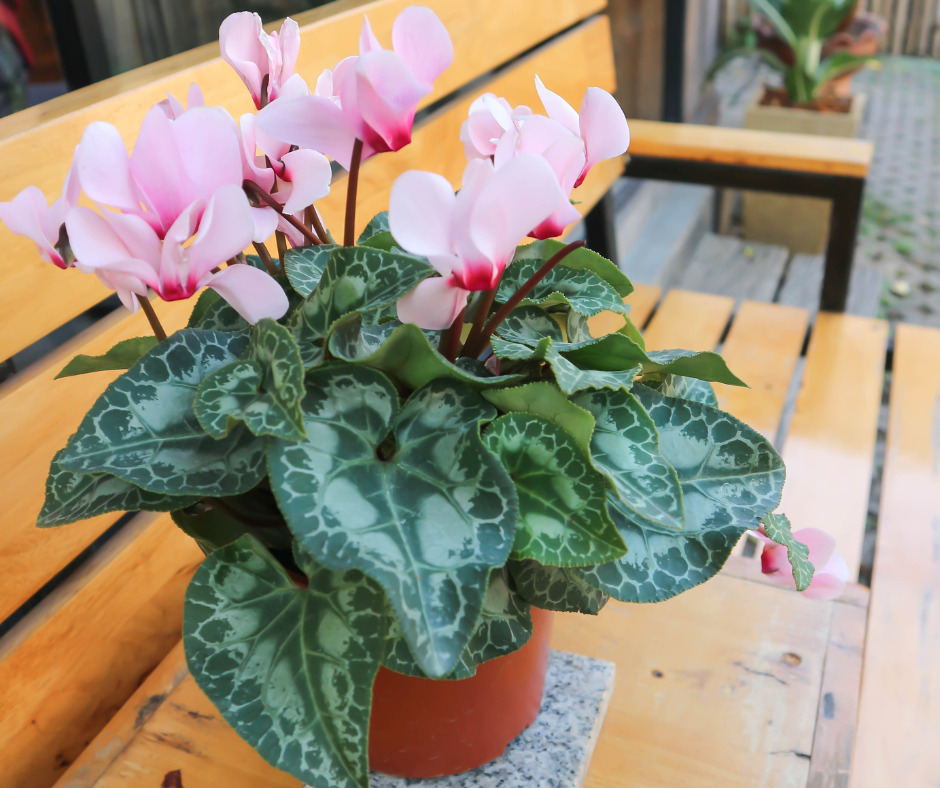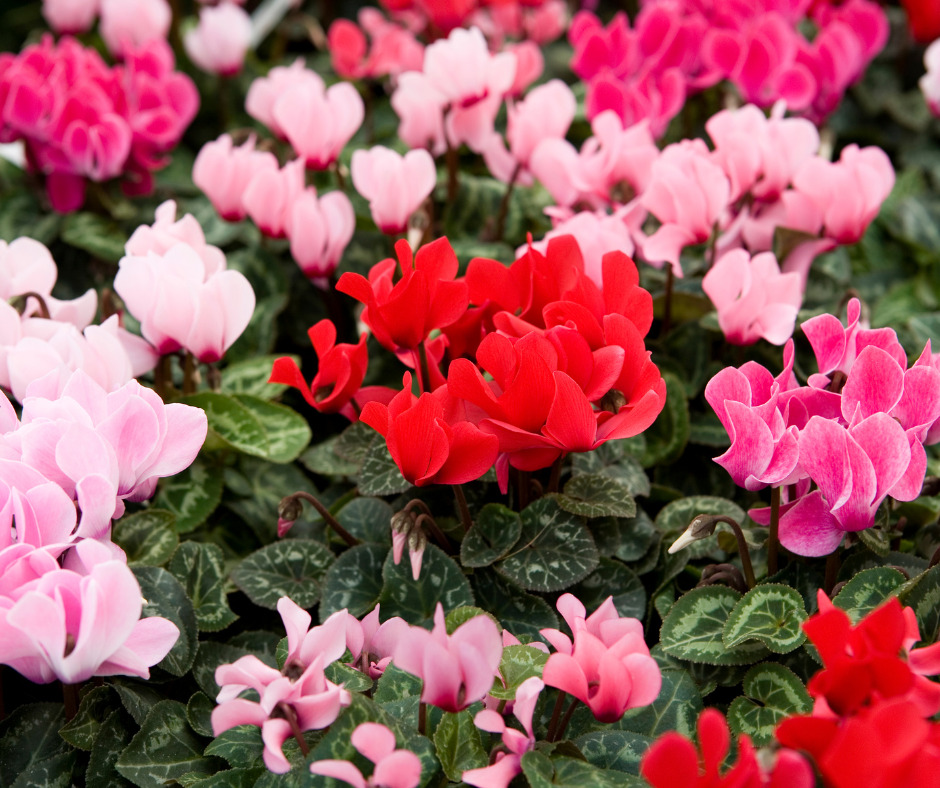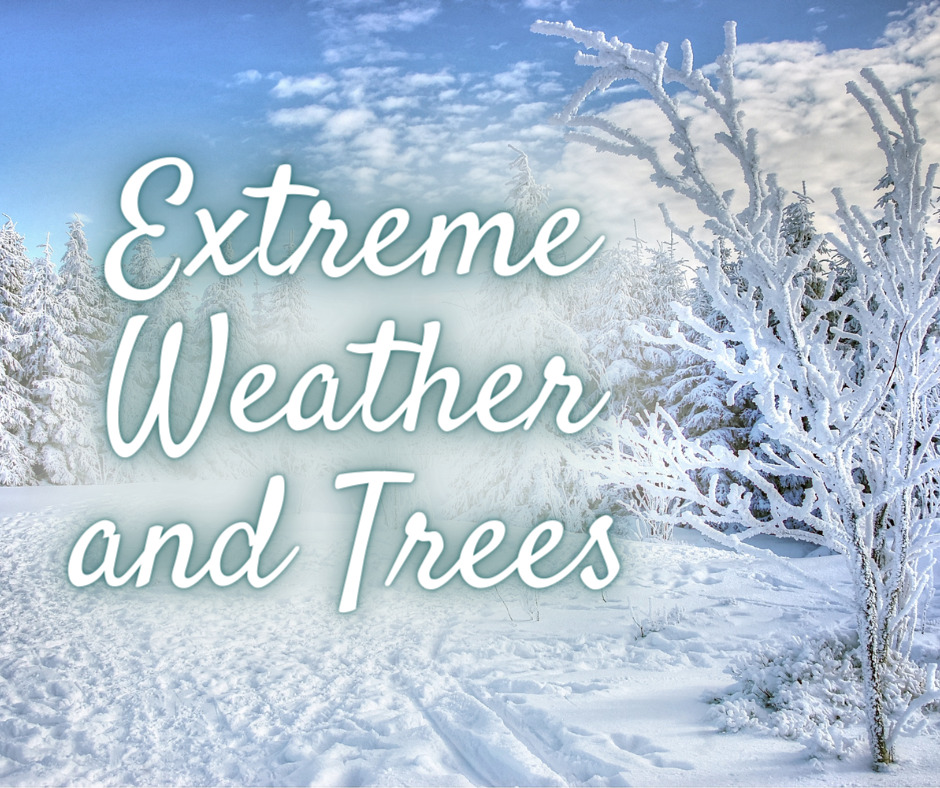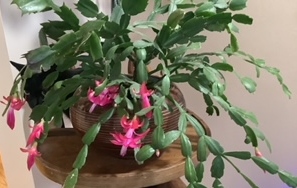Prairie Stature® Oak
A beautiful, deciduous oak tree that has a distinctive, dense, pyramidal form. Growing moderately, with regular watering, 12 to 18 inches per year, to 40-feet tall and 30-feet wide, making it an excellent shade tree. It has excellent cold hardiness, down to minus 40 degrees Fahrenheit (F) or USDA Zone 3. Prairie Stature® Oak has a wonderful added bonus with its summer semi-glossy emerald, green foliage that changes to a brick red in Autumn.
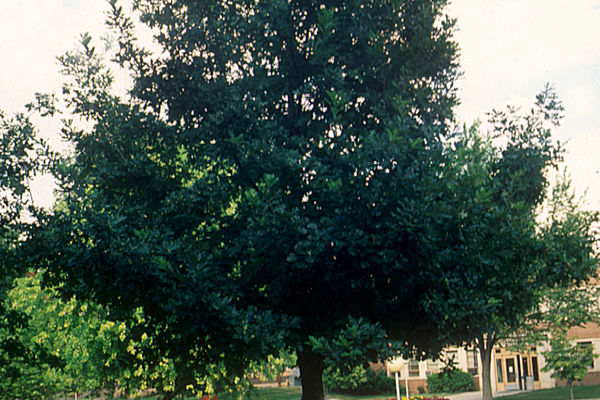
The Prairie Stature® Oak is adaptable to many different soil conditions, including both dry and moist locations, clay soils, and high pH. This oak tree was found in 1972 by Dr. Todd West (North Dakota State University Plant Improvement Program) with Dr. Mar Widrlechner (USDA-ARS Ames, Iowa). Originally thought to be an English Oak, it is now considered a hybrid between English and a White Oak. After careful multi-year evaluation, the tree was brought to market.
Emerald Spire™ Crabapple
Have a small space begging for some color, or an accent for your patio or back deck? The Emerald Spire™ Crabapple is a compact, columnar growth, growing 6-feet wide by 15-feet tall, and is hardy to minus 50 degrees F or USDA Zone 2. It may be what you need for privacy screens or shade tree. Dark green to maroon-purple leaves have remarkable disease resistance that turn yellow in the Fall. It prefers moist, well-drained soil.
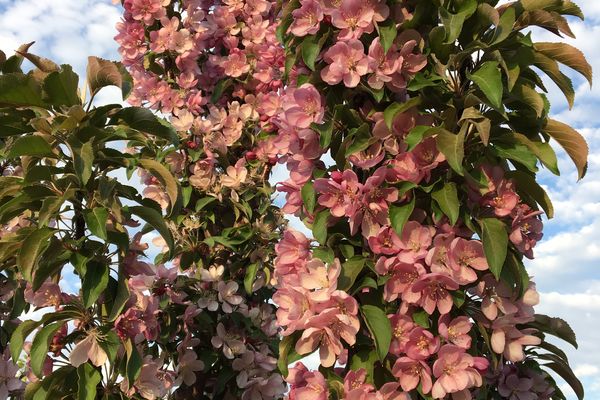
While it is slow growing, it has a show stopping, bright, fuchsia-colored buds in May that open to pink flowers in the Spring. This is a great pollinator-friendly tree. It has plentiful ornamental red, 1-inch fruit, that feeds the birds during winter, or you may use the fruit to make jelly. This crabapple is a great choice for small yards or used as a privacy screen.
Written by Catherine Wissner, retired University of Wyoming Laramie County Extension Horticulturist and Laramie County Master Gardener

